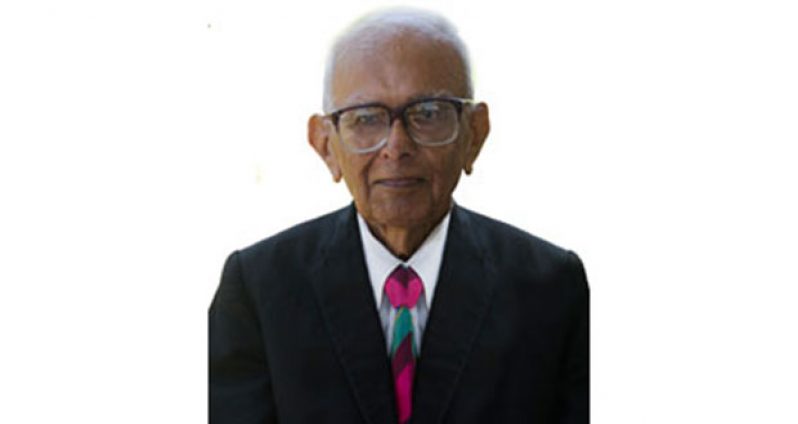Within every year, the United Nations commemorates a number of anniversaries which are of relevance to the human condition in general and to the social conditions in individual countries.
On October 1 every year “the International Day of Older Persons” is commemorated when the condition of older persons and the problems facing them are considered worldwide.
The theme of this year’s commemoration is “Take a stand against Ageism.”
The term “Ageism” is defined as harbouring and encouraging negative stereotypes of older persons and discriminating against them.
Ageism is widespread in Western, and indeed, all urbanized societies. Older people are marginalized and often cannot access medical services or other social services and the underlying and unconscious assumption is that such exclusion is a norm.
They are very often discriminated against in employment or in the workplace. Most employers do not employ older persons, age being the criterion of not employing such persons despite their superior aptitude and ability.
In Guyana, this Ageism attitude is particularly harmful to the economic and social life of the country because of its demography and the heavy emigration of persons of ability, skills, and experience.
Employers have slowly began to discover that if they confine themselves to employing from the pool of youth, this very often results in the rapid turnover of staff and the workforce being less skilled and experienced with an indifferent work ethic. The totality of this results in less than maximum production and productivity in contrast to employing some older people in the workforce where there would be greater stability and experience and at the same time a better work ethic.
Though many offices, supermarkets, banks and other places where older persons may have to do business have special lanes or areas to accommodate such folk, such accommodation is generally ignored by both the staff and younger people and so become ineffectual.
For example, at the General Post Office in Georgetown, there are notices that older persons, the disabled and pregnant women would be given priority but this is generally ignored except one comes in a wheelchair. And the same holds for almost everywhere else. Some reputable psychological researches have shown that persons who have been constantly exposed to the prejudices of Ageism die earlier than those who are not.
Recently, National Awards were conferred on persons who had served the country in many fields beyond the call of duty and the majority of awardees were older persons, most of whom are still working and contributing to society. This ceremony together with the media coverage of it was a timely reminder of the value of older persons.
The State, educational institutions and NGOs could help to exorcise Ageism from Guyanese society.
The State must make positive and regular statements against Ageism and employ older people if they are better able to do their jobs than younger people. This does not mean that only older people should be employed; it simply means that if older people could not be easily replaced by younger folk, only then they should be employed.
In the schools and other educational institutions as well as in the family, the value of the role of older folk should be inculcated as well as pointing out that the welfare of younger people is linked with that of older people. Also, NGO’s whose remit may include action against the prejudices of Ageism should be more proactive on the issue.
So far we have been looking at Ageism through the lens of Western Culture where it is perceived as a societal problem.
In many non-Western cultures, the aged are regarded as an asset to society: They are the preservers and custodians of the Culture and Wisdom of the society. They are also recognized as the cementing force of the family and are necessary for stable and strong families. From this perception, the aged are an asset and not a problem.
In Western Culture, we tend to regard life as a continuous process moving from birth to death without any pauses. Ageing is therefore not fully prepared for when it occurs.
In the Hindu tradition, a person’s lifespan is divided into four quarters.
The first quarter (Brahmchari) is devoted to learning and the acquisition of skills. The second quarter (gharhastya) is the householder’s existence where one is devoted to raising a family and creating material wealth for the family and ultimately for society. The third quarter (vanaprastha) is when the householder begins to do public service and at the same time strengthens his belief in God. The final quarter of life (Sanyasa) is when one devotes one’s self fully to public service and belief in God and prepares for death.
Age and ageing and death are therefore occurrences which are consciously accommodated and as such are less traumatic when they occur.
If we could synthesize our Western attitudes and solutions to the problems of Ageism with the more ancient non-Western traditions, we may be able to achieve a more permanent and successful answer to Ageism.



.jpg)








